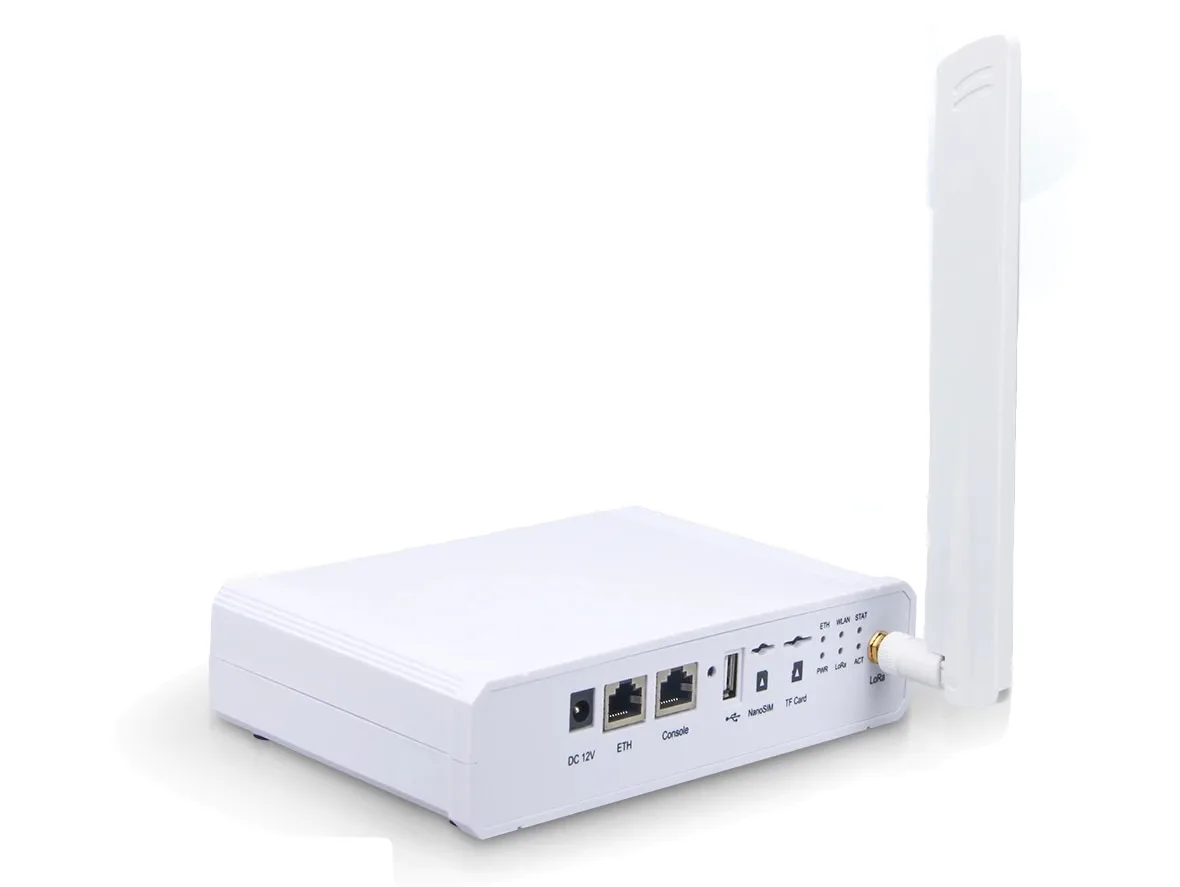
Barcodes have become an integral part of our daily lives. From tracking packages being shipped across the world to automating processes at grocery stores and retail outlets, barcodes play a crucial role in streamlining operations across diverse industries. However, without the humble barcode printers, the widescale implementation of barcodes would not have been possible. In this article, we take a deeper look at the various types of barcode printers available and how they have enabled the digital revolution behind the scenes.
Thermal Transfer vs Thermal Direct Printing
When it comes to barcode printing technology, thermal transfer and thermal direct (also called direct thermal) are the two main types used. Both utilize heat to activate special heat-sensitive coatings called thermal paper. However, they differ in the way heat is applied.
Thermal transfer printers apply heat through a coated ribbon to activate the coating on plain paper. The coating is transferred from the ribbon onto the paper, leaving a durable printed image. Due to the use of a ribbon, these printers can print on a variety of surfaces. However, the ribbon adds to the running costs.
Thermal direct printers apply heat directly onto coated thermal paper to activate color-changing properties. Since they don’t require a ribbon, thermal direct printers are relatively inexpensive to operate. However, they can only print on specially coated thermal paper and prints might not last as long.
The choice between the two depends on factors like printing volumes, surface types used, and budget. For low-volume printing on coated paper, direct thermal printers make more economic sense while transfer printers are suitable for high-volume or surface-agnostic printing needs.
Desktop vs Industrial Barcode Printers
Barcode printers also vary in terms of scale – from small desktop models to large industrial units. Desktop barcode printers provide a cost-effective solution for low-volume labeling needs of small businesses and retail outlets. They are compact, affordably priced, and plug-and-play units ideal for occasional barcode printing tasks.
However, for organizations with high-volume barcode printing demands across manufacturing facilities, warehouses or shipping docks, industrial printers prove more suitable. Capable of printing thousands of labels per hour continuously, industrial printers integrate seamlessly into automated production lines. Models are available with features like large print widths, high-speed printing, networking capabilities and industrial-grade designs to withstand demanding warehouse environments.
Key industrial printer manufacturers offer robust hardware, extensive software solutions and global service networks to ensure minimum down time. For time-critical barcode printing applications involving thousands of daily shipments, industrial printers with advanced networking capabilities are indispensable.
Programming Interfaces and Connectivity
Barcode printers today come equipped with various interfaces like USB, Ethernet and WiFi for seamless connectivity with other devices and systems. While basic desktop models may only have a USB port, industrial printers feature multiple interface options to support complex integration needs.
Additionally, popular barcode printer hardware is supported by software development kits (SDKs) that allow customization and control of printing operations through programming languages like Java and C#. This enables robust labeling applications to be developed for different industries. Advanced cloud-based label management systems also facilitate centralized remote monitoring and management of distributed printer fleets.
Wireless and wired networking technologies further enhance flexibility of use. Features like AirPrint and WiFi Direct enable on-the-go mobile printing. Meanwhile, TCP/IP connectivity allows industrial printers to be integrated over wired Ethernet networks for continuous high-volume printing in production setups.
Enabling Digital Transformation through Automation
By automating identification and data capture processes, barcode printers have been instrumental in driving digital transformation across sectors. From streamlining warehouse operations and automating package sorting to powering self-checkout systems, barcodes integrated with barcode printers lay the foundation for next-gen technologies.
As IoT and industry 4.0 continue to reshape industrial landscapes, networked barcode printers will play an increasingly vital role. Advanced models with cloud-connectivity and artificial intelligence capabilities are helping optimize supply chains in real-time and unlocking new frontiers of automation. All in all, barcode printers exemplify how invisible technologies can have transformative impacts by automating manual tasks at scale. Their contributions towards digitizing the world’s operations deserve more acclaim.
*Note:
- Source: Coherent Market Insights, Public sources, Desk research
- We have leveraged AI tools to mine information and compile it


